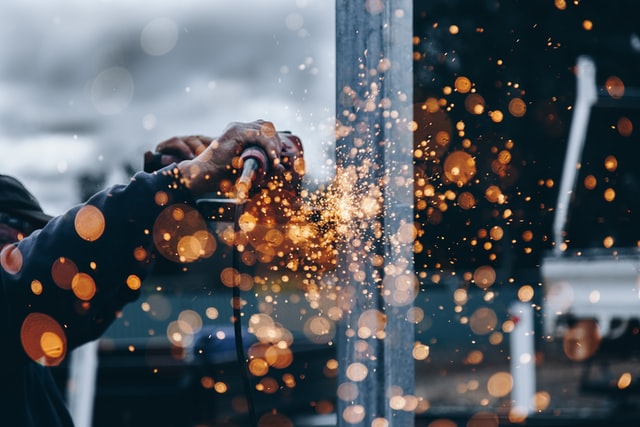Bringing Natural Gas Under GST To Benefit Ceramic Stocks
Ceramic companies will be able to take credit for input taxes with the new move

The centre’s move to bring natural gas under the ambit of Goods and Services Tax (GST) from the present various legacy taxes and allow the Natural Gas consuming companies to avail the benefits of Input Tax Credit (ITC) is expected to be a positive development for the ceramic industry in the country. An indication to bring Natural Gas under GST was given by Prime Minister Narendra Modi last week.
Modi said the government is committed to bringing natural gas into the GST regime to make prices cheaper and uniform across the country. Existing legacy taxes like central excise duty, state VAT, central sales tax, etc. lead to adverse impact on natural gas-based industries as they are unable to avail any ITC.
Natural gas forms a major share (roughly 50-70 per cent) of power and fuel cost, which is roughly (20-25 per cent of revenue) for ceramic companies, hence if natural gas is brought under the GST regime, ceramic companies will be able to take credit for input taxes.
A research note prepared by JM Financial, said, assuming entire savings is retained by the companies, “we expect a favourable impact of approximately 210 bps and 160bps on Earnings Before Interest, Tax, Depreciation, and Amortisation (EBITDA) margins of Kajaria Ceramics and Somany Ceramics, respectively. Their profit before tax (PAT) will rise approximately in the range of about 13-21 per cent once Natural Gas is brought under the GST regime and ITC is allowed to the companies”, it said.
Natural gas is currently outside the ambit of GST, and existing legacy taxes like central excise duty, state VAT, central sales tax, etc. continue to be applicable on the fuel. This is hurting natural gas prices due to the stranding of taxes in the hands of gas producers/suppliers which is incidentally impacting the natural gas-based industries.
PM’s firm resolve to bring natural gas into the GST regime to make prices cheaper and uniform across the nation and has encouraged global investors to invest in India’s energy sector. In addition to this, the government is spending Rs 7.5 lakh crore over 5 years to build its oil and gas infrastructure and targets to generate approximately 40 per cent of overall energy from renewable sources by 2030.
Ceramic companies in and outside Gujarat pay significant VAT on gas purchases and transportation. As per the companies, the cascading tax incidence varies from 15-25 per cent depending on the state of manufacturing facilities.
Power and fuel cost account for 20-22 per cent of revenue (25-27 per cent of tile realisation). Assuming that entire savings are retained by the companies, we estimate potential savings of Rs 70 crore for Kajaria Ceramics and Rs 35 crore for Somany Ceramics respectively. In other words, potential tax savings could have a favourable impact of 210 basis points (bps) and 160 bps on EBITDA margins of Kajaria and Somany respectively, and about 13- 21 per cent of PBT (11-15 per cent of EBITDA).
JM Financial note said, “We maintain our positive view on India ceramics given the improvement in underlying demand as well as improved competitive scenario, as Morbi (a leading ceramics producing center in the state of Gujarat) continues to focus on exports”.
It has recommended a BUY rating on Somany Ceramics at the Current Market Price (CMP) of Rs 420, with a March 2022 Target Price (TP) of Rs 530. However, it said, due to the recent swift rally of 30 per cent seen in Kajaria Ceramics share price during the last one month, investors should remain cautious about the stock and has recommended that Kajaria Ceramics’ share will settle around Rs 870 in March 2022 from the current level of Rs 981.









